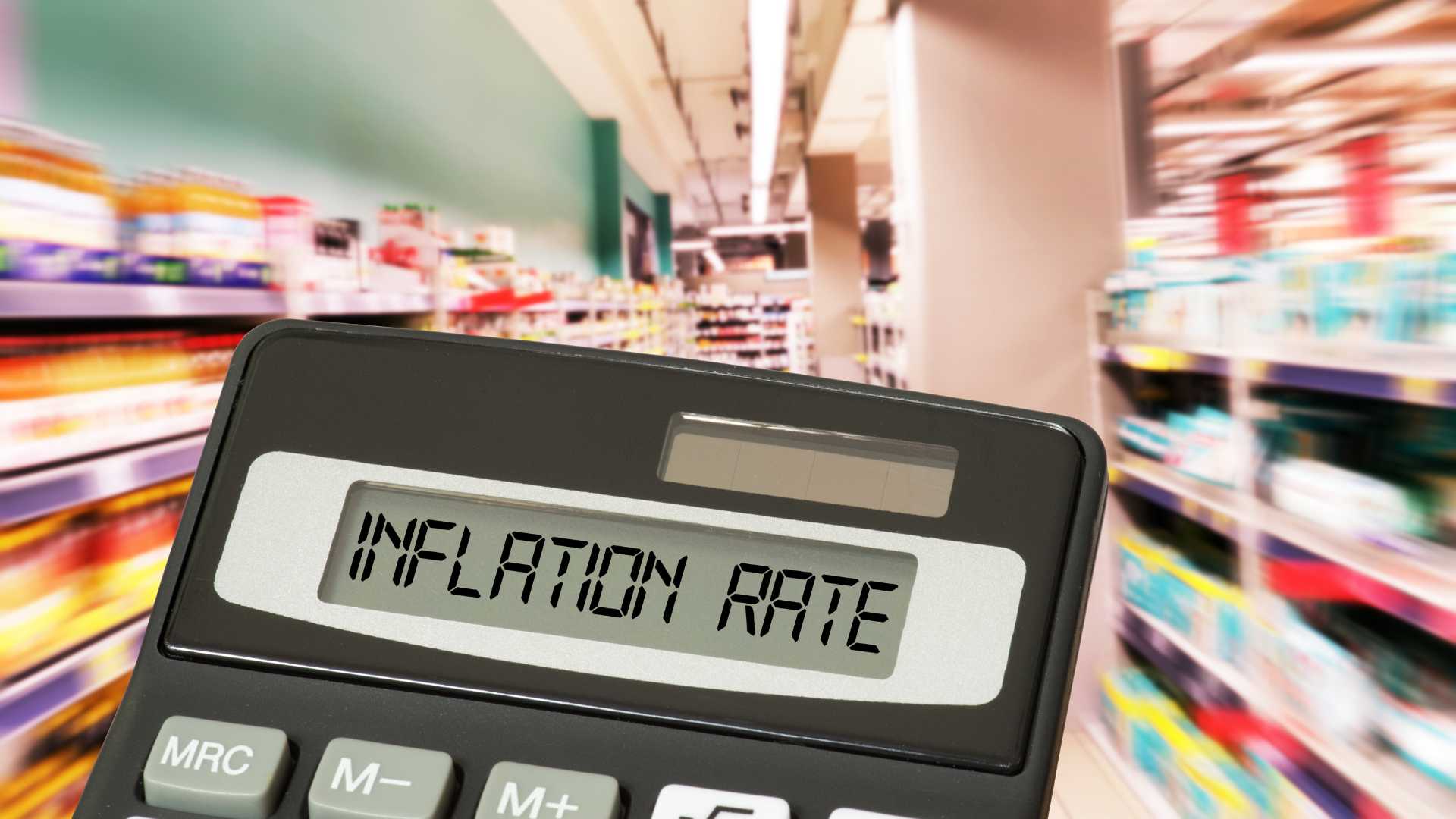452: Urgent Information for Real Estate Investors!

Podcast: Download
Real estate investors need to be paying attention. Campbell Harvey, a previous guest on Wealth Formula Podcast (episode 423) and a leading economist who first described the predictive value of the “inverted yield curve” posted on LinkedIn:
“It has begun. Over the last year, I have made the strongest possible case for the Fed to be proactive. Rates should have been cut this week – indeed, the rates should have been cut in January.
We have seen this movie before. The Fed was very late to take inflation seriously in 2021. They brushed it off as “transitory”. However, it seemed obvious that inflation was surging. Real-time shelter inflation was increasing at a double-digit rate. Shelter has the largest weight in the CPI. Shelter operates with a lag. Hence, it was easy to forecast the surge. The Fed was forced to react after the damage was done.
The same mistake has been repeated – despite many warnings. The recent CPI print was 3% year-over-year (YOY). Nearly two-thirds of this print was driven by one component – shelter. Shelter inflation is reported at 5.2% YOY. This number is far from reality. For example, Apartmentlist.com rents are running -0.8% YOY – a full 6% below the official CPI number. Suppose we believe the real-time shelter inflation is 2%, not 5.2%. This means the real-time CPI would be 1.8%. If you believe shelter is 3%, then real-time CPI would be 2.2%. These numbers are well within the Fed’s target.
The Fed prides itself on making data-driven decisions. However, it is unwise to make decisions based on stale data. Shelter inflation happened in the past. Keeping rates high will not impact what happened last year.
It is always best to look at forward-looking indicators for policy decisions.
· My yield curve indicator has been inverted for 20 months. It is 8 of 8 with no false signals since the 1960s. The maximum historic lead time has been 23 months (before the great recession). Ignore it at your own risk.
· The Sahm Rule has been triggered. This indicator is not necessarily predictive because employment moves with the business cycle – but it is useful in telling us whether we are in a recession or not. We know that hiring has slowed and unemployment has risen – though the absolute rate is still relatively low.
· Retail sales are highly correlated with personal consumption expenditures. Retail Sales are flat. Many do not realize that Retail Sales are not inflation-adjusted. Taking inflation into account recent sales growth as well as YOY sales are negative.
· There is considerable evidence that COVID-era savings have been drawn down. A recent release from the Philadelphia Fed carried the headline: “Share of Delinquent Credit Card Balances Reaches Series High”. (The same report shows an alarming plunge in mortgage originations.) People are paying 20%+ interest on a card because their savings have run out. Indeed, if people are cutting back on fast-food expenditures, you know this is serious. Drawing down the savings has fueled consumption expenditures over the past two years. That source of growth has ended.
Now the Fed will have to play catch-up and cut by at least 50bp in September.
Any recession is a self-inflicted wound.”
For real estate investors, this scenario presents a compelling call to action.
The Secured Overnight Financing Rate (SOFR), a benchmark rate used in many adjustable-rate mortgages, is intrinsically linked to the federal funds rate. As Harvey predicts imminent rate cuts by the Fed, we’re likely to see a corresponding decrease in SOFR. This creates a unique window of opportunity in apartment buildings where debt is linked to SOFR.
Consider this: if a real estate investment makes financial sense in today’s high-interest environment, imagine its potential in a future with lower rates. As the Fed lowers rates, we can expect to see reduced borrowing costs for adjustable-rate mortgages tied to SOFR. Moreover, declining interest rates typically lead to increased asset values, including real estate.
This situation bears a striking resemblance to periods preceding previous rate-cutting cycles. Historically, those who moved early in such environments often reaped significant rewards. The current climate offers a similar opportunity for forward-thinking investors.
In essence, we’re looking at a scenario where those who act now, while rates are still high, stand to benefit twice over. First, from the immediate cash flow if the investment numbers work in the current environment. Second, from the potential future appreciation as rates decline and property values rise.
It’s worth emphasizing that this is a rare confluence of circumstances. The Fed rate is all but guaranteed to decrease in the coming months, and with it, SOFR will likely follow suit. This means that investors who enter the market now are positioning themselves at the starting line of what could be a significant upswing in real estate values.
Harvey’s insights suggest that as rates decrease, we might see a surge in housing inventory as the “prisoner’s dilemma” resolves. This could lead to a more balanced market, but also potentially higher competition for prime properties. By acting now, investors can get ahead of this curve.
Of course, as with any investment decision, thorough due diligence and careful consideration of individual financial circumstances are paramount. However, for those with the means and the foresight, the current real estate market presents an opportunity that doesn’t come along often.
In conclusion, while the high interest rates of today might give some pause, they also create a unique entry point for savvy investors. As we stand on the cusp of what appears to be an impending rate-cutting cycle, the potential for profit from real estate acquisitions made now is substantial. This truly is a very unique window in time – one that astute investors would be wise not to let slip by. The housing market’s current dynamics, as illuminated by Harvey’s analysis, only serve to underscore the potential of this moment.
So for those of you who have not yet joined our accredited investor club, you should consider doing so now. For those of you who are already members, make sure to take a look at the current offering which meets all the criteria above.
Speaking of inflation and interest rates, this week’s episode of Wealth Formula podcast features a guest who says that inflation actually shapes democracy.
09:50 Thoughts on Inflation
12:24 Shock Values: Prices and Inflation in American Democracy
16:01 Historical Control of Prices by the US Government
17:51 The Impact of Price Controls on the Economy
20:08 Rent Control and its Effects
23:12 How Independent is the Fed?
25:26 Inflation’s Effect on Government Debt
 Send Buck a voice message!
Send Buck a voice message!




